How A Research Project Is Recounting Malta’s Art History Through Its Tattoos
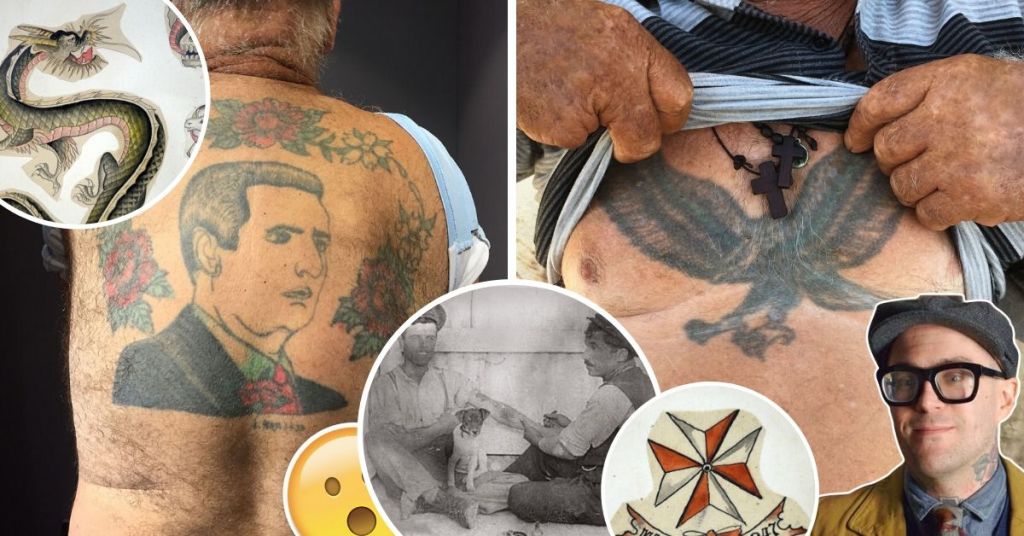
Though Malta’s history may be well-documented in the pages of countless history books, some of the best sources of the past come from the people that lived through it… and their skin.
REL•INK is an ongoing practice-based research project led by Pierre Portelli and researcher Dr Georgina Portelli which aims to document the beginning of tattoo tradition in Malta dating all the way back to the early twentieth century.
However, unlike conventional research projects, REL•INK relies on oral history and thus the accounts of those who were pricked by the needle and carry the tales with them.
In doing so, Portelli details and documents the tattoo culture of the early 20th century, the motivation behind their acquisition and how it all came to be so long ago.
What his research shows is that, unlike conventional wisdom, those who got tattooed in Malta weren’t criminals or social outcasts but rather those who were working at the mainstay of Malta’s colonial economy such as stevedores, fishermen, Royal Navy servicemen and sailors.
Acting as a naval base throughout the time of the British empire, Malta and its tattoo scene drew influences from all over the world and even started developing some tattoo legends itself including one particular figure known as It-Tartarella…

Liverpool Tattoo Museum, England
It-Tartarella‘s tattoos lived on until the 21st century, including this piece inked on the late Pawlu Pace…
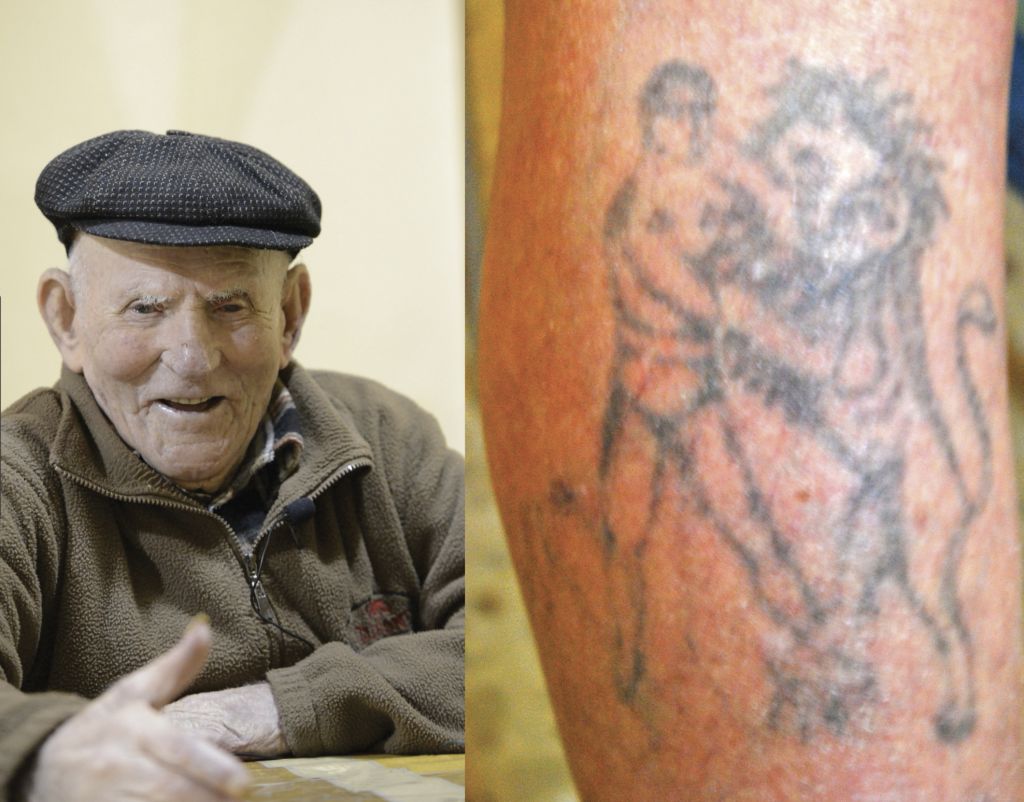
Relink Indelible Narratives
“The three of us walked all the way from Ħaż Żebbuġ to St Andrew’s via Tal-Balal seeking out the renowned tattooist known as It-Tartarella,” Pawlu said about getting his first tattoo when he was 10 in 1925.
Other REL•INK discoveries include a tattoo of St George, a geisha and even a tribute to Karmenu Mifsud Bonnici, Malta’s Prime Minister in the 80s…
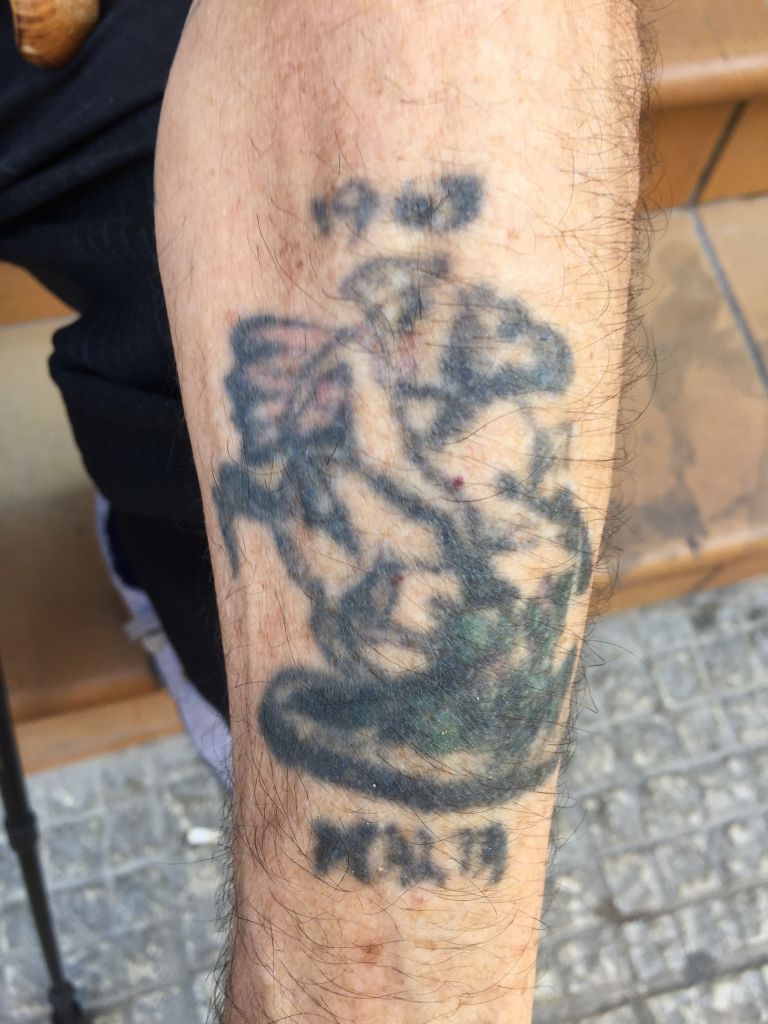
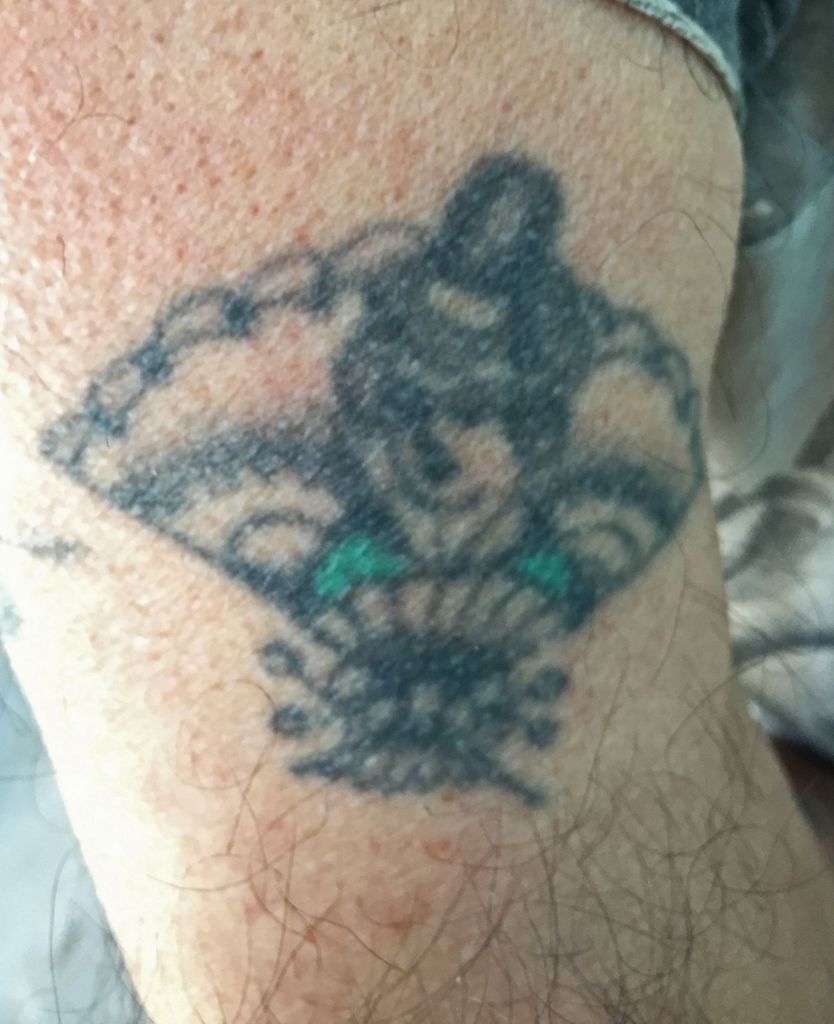

Now, in an effort to continue their work, the REL•INK project, together with Heritage Malta and the Malta Maritime Museum in Vittoriosa is hosting a University of Essex senior lecturer, Dr Matt Lodder, for a unique talk on tattooing, japonisme and how it’s influenced Malta’s tattoo culture form the early 20th century.
Dr Lodder will touch upon the advent of Japonisme – the craze for Japanese art and design that swept across Europe after trade with Japan resumed in the 1850s and its link with tattooing.
What is most exciting, however, is that REL•INK’s research has also pointed to the presence of a Japanese tattooist in Malta, suggesting that the art of tattooing might have been much more popular in the early 20th century than we originally anticipated…
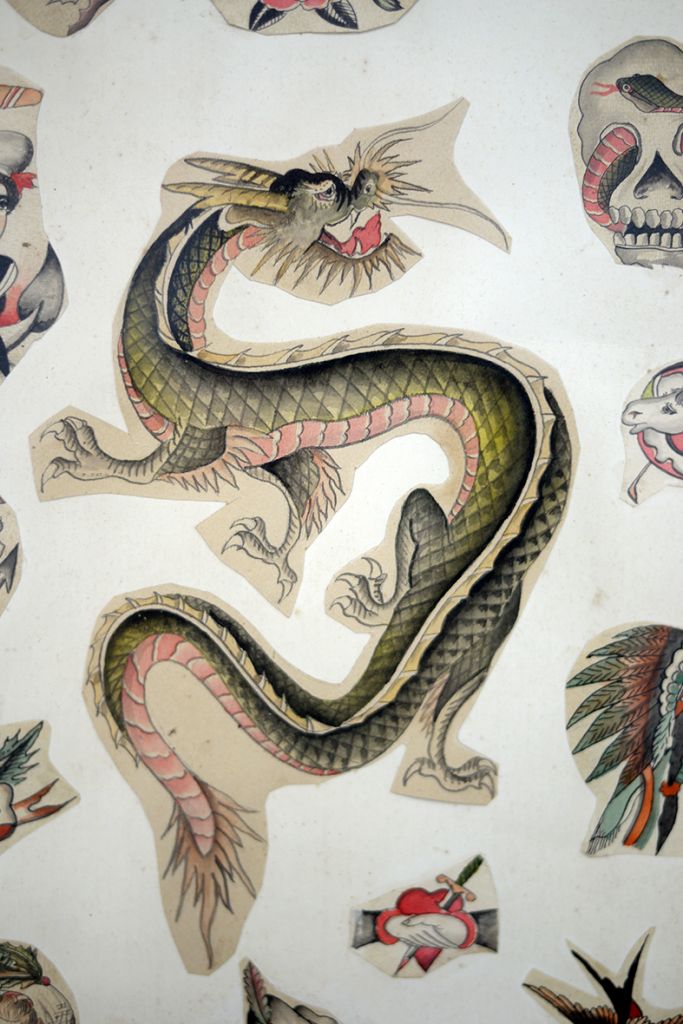

In addition to documenting tattoo history, REL•INK also has a dedicated mobile number (99647189) for those who have elderly relatives in their 70s and 80s with tattoos and would like to share with us these indelible narratives.